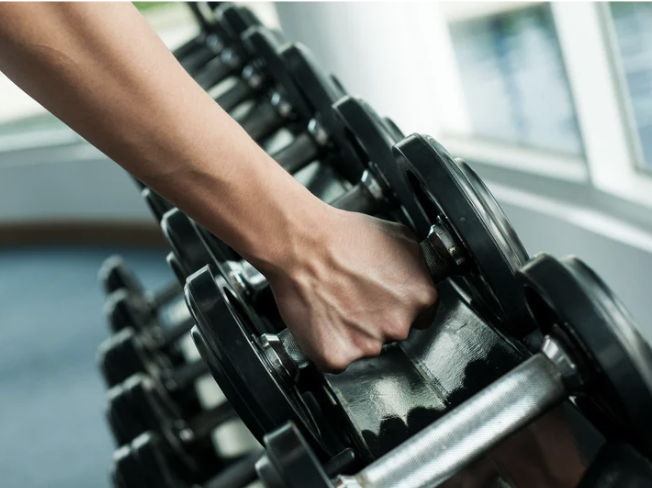Reset, and Then What? Staying Active … What Should I Be Doing?
Are You Exercising the Best Way for Lifelong Health?
One of the most common questions I hear after a Bridging® session is:
“Now that I can move … what should I do next?”
The simple answer: stay active.
But if you’re like most people, you want more:
✅ More strength to keep up with kids and grandkids
✅ More balance to explore the world confidently
✅ More muscle and bone to stay independent for decades
Here’s the good news: Bridging lays the groundwork by resetting muscle coordination and restoring confidence in your movement. Once that foundation is in place, the right exercise strategy builds on it — helping you thrive, not just “get by.”
The challenge? There’s no shortage of advice out there, and it’s hard to know what actually works.
That’s why I stay on top of the latest research and insights on exercise, health, and aging — and share some of the most practical, evidence-based recommendations with you. Below, you’ll find a few recent articles to help guide your next steps.
I also regularly post or share helpful resources, stories, and science-based tips online. Follow me on Substack or LinkedIn to keep learning how your every decade can be stronger, more capable, and more active.
Longevity Research Says: Strength, Power, and Consistency
Across countless studies, the message is clear: to maintain health and independence as you age, you need to build muscle mass, strength, and power.
At any age building muscle is important, especially when you’re over 50. Your body needs more than walking and pickleball.
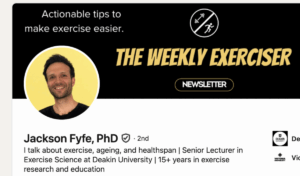 🔗 Jackson Fyfe, PhD 🔗 Jackson Fyfe, PhD
👉 “The Power of 5-Minute Workouts” A simple 5-minute daily routine — including chair squats, wall push-ups, and heel drops — can significantly boost strength, flexibility, and mental well-being. You can definitely fit some squats into your routine while waiting for your coffee or tea in the morning! |
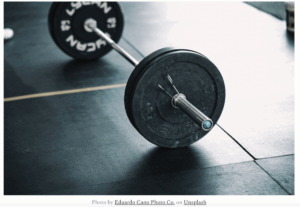 🔗 Anne Maltby 🔗 Anne Maltby
👉 “Getting Started with Strength Training” Feeling intimidated by the idea of lifting weights? Maltby shares approachable, realistic ways to begin strength training — even if you’re a total beginner. |
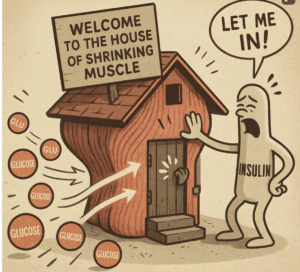 🔗 Laurie Marbas, MD, MBA 🔗 Laurie Marbas, MD, MBA
👉 “If You’re Over 40, You Need to Build Muscle” Building muscle isn’t just about appearance — it’s essential for metabolic health, energy, and long-term vitality. Dr. Marbas breaks down the muscle–metabolic spiral and how to reverse it. |
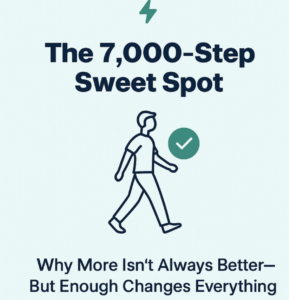 🔗 Howard Luks, MD 🔗 Howard Luks, MD
Daily consistency matters more than intensity. The good news is that 7000 steps per day is what has been found to be a threshold for positive impacts to most health conditions. For most of you, two 15-20 minute walks is all you need to accumulate this many steps! |
Bridging + Movement = Long-Term Vitality
Bridging resets the foundation — helping your muscles coordinate and your body move the way it’s supposed to. Once that’s in place, small, consistent bouts of strength, balance, and endurance work become more effective and more enjoyable.
💡 The takeaway: You don’t need perfect workouts or hours in the gym. You need consistency, the right kind of movement, and a body that’s ready to move well.
Is exercise a challenge? Bridging can help!
- Restore strength and coordination after injury or medical procedure-related disruptions.
- Improve posture and balance by addressing hidden muscle compensations.
- Prevent future pain and stiffness by fixing the root issue, not just the symptoms.
Most clients feel tangible improvements in 1–3 sessions, as they return to their usual activities.

